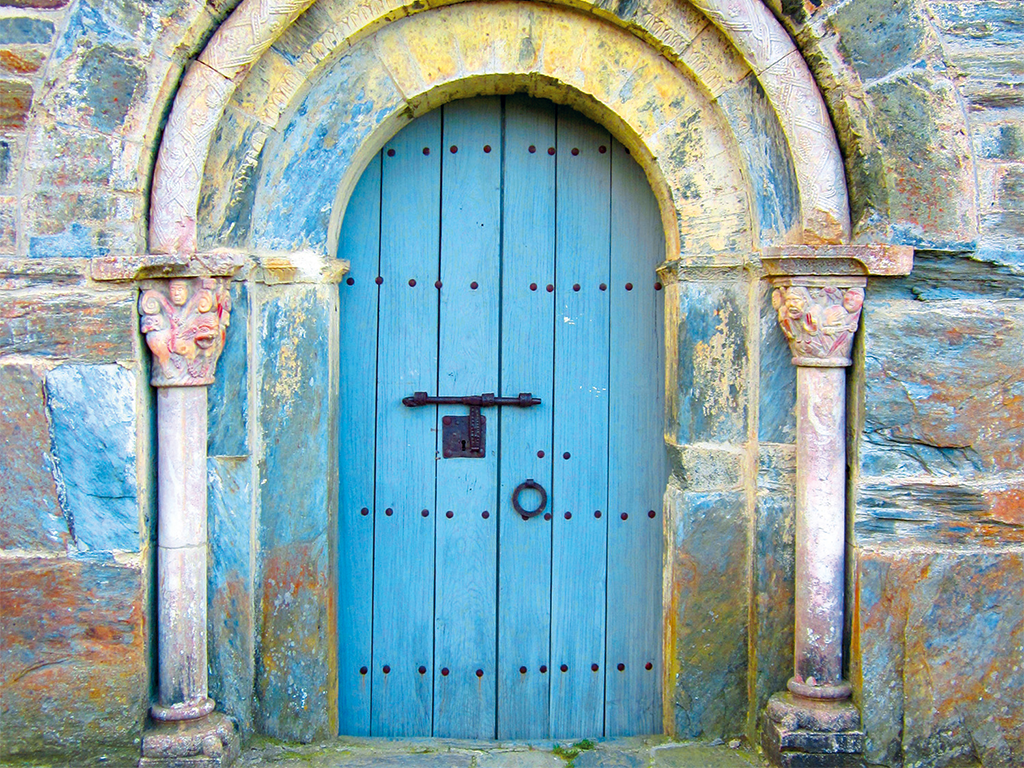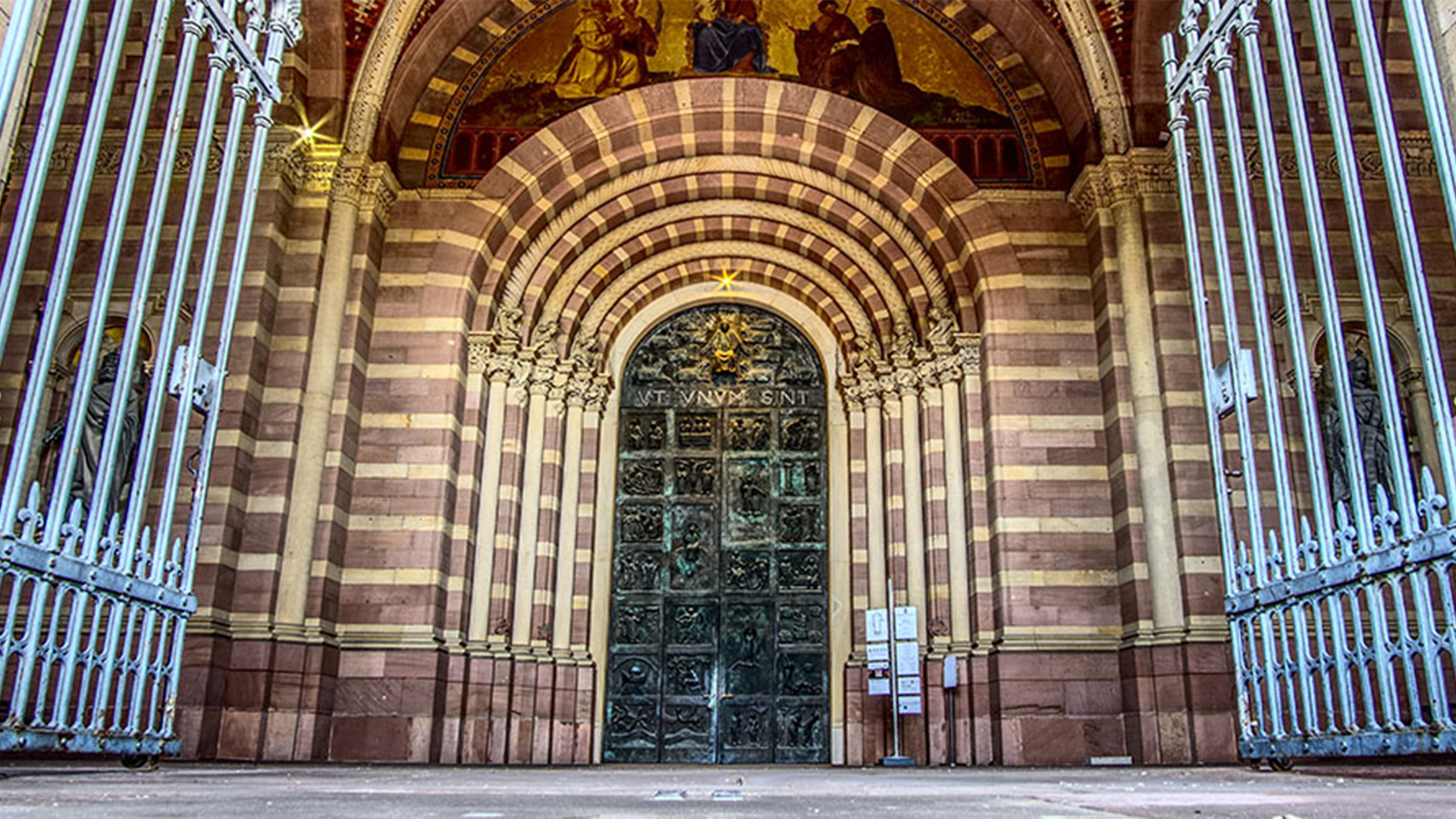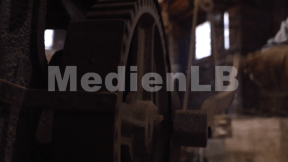 Kunst
Kunst


46500917 / 55500673
Romanik
Kunst und Architektur
Die Romanik, die im 8. Jahrhundert begann, war die erste Kunstepoche, die europaweit zu finden ist.
Ihren Namen hat sie durch die Übernahme der römischen Rundbögen, charakteristisch sind in der Architektur außerdem die gedrungenen Wände und die massiven Säulen und Pfeiler.
Woran man ein romanisches Gebäude erkennt, woran eine romanische Buchmalerei, welche Kraft die Wandmalereien entfalteten, diesen Fragen geht der Film unterhaltsam und anschaulich nach.
In Verbindung mit dem Zusatzmaterial (Arbeitsblätter, interaktive Aufgaben, Glossar, Testfragen) lässt sich das Medium hervorragend im Unterricht verwenden.
Die interaktiven Aufgaben wurden mit H5P erstellt und sind ohne weitere Software verwendbar.


Lehrplanzentral und an den Bildungsstandards orientiert
Passend dazu
Gedenk- und Feiertage
Feiertage gibt es in allen Kulturen. Es sind Festtage mit entweder gesellschaftlichem, religiösem oder politischen Hintergrund. Diese Feiertage finden jährlich an einem festgelegten Tag statt. In Deutschland gibt es Feiertage, an denen flächendeckend nicht gearbeitet wird. Hierbei handelt es sich um gesetzliche Feiertage. Bei anderen Feiertagen, meist mit religiösem Hintergrund, entscheiden die Bundesländer individuell, ob es sich um einen tatsächlich arbeitsfreien Tag handelt. Im Film beschrieben werden nicht nur Feiertage in Deutschland, sondern auch z.B. islamische Feiertage, oder der Christopher Street Day als politisches Statement.
Saisonal und gesund kochen
Selber kochen macht Spaß und mit saisonalen und regionalen Zutaten tut man auch etwas für die CO2-Bilanz.










